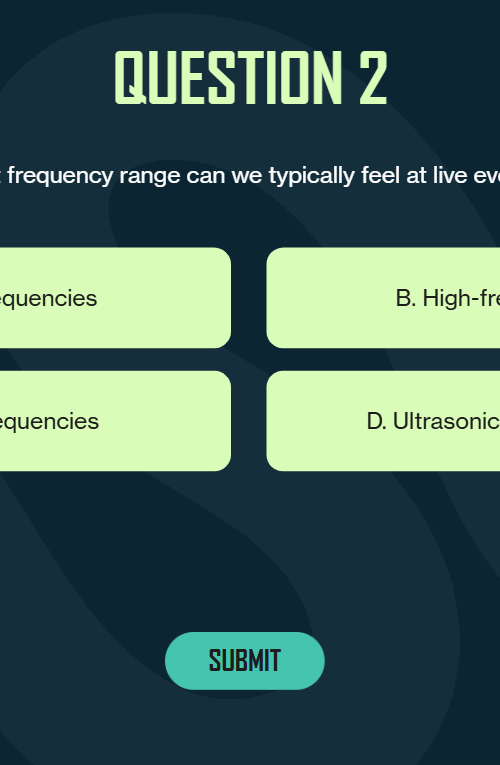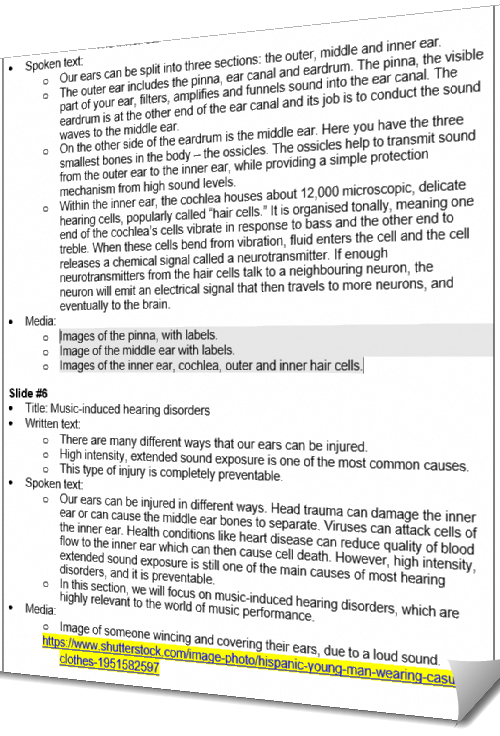
Language barriers in the workplace can have a significant negative impact on the wellbeing of your workforce.

TL;DR
If you work in the UK, and your first language is English, it’s easy to underestimate how challenging daily workplace interactions can be for colleagues, suppliers and customers whose first language isn’t English. Hannah unpicks the issues and look at ways of addressing them.

Hannah Memmott

Hannah Memmott is a Marketing and Account Executive at AST Language Services with a passion for language education and translation. With a BA in French and Philosophy and an MA in Translation, Hannah has worked in various linguistic roles both in France and the UK. Her enthusiasm for breaking down language barriers has led her to her current position at AST, where she is committed to promoting the importance of quality translation in effective intercultural communication.
Language Matters: The Impact of Language Barriers on Employee Wellbeing
Imagine working in a foreign country where the primary language isn’t your native tongue. You struggle to understand your colleagues, feel isolated, and fear making mistakes. This is a reality for many employees worldwide, and the impact of language barriers on employee wellbeing cannot be overstated.
Understanding Language Barriers
There are various types of language barriers that can impact communication, in life and in the workplace. These include technical barriers between individuals with varying understanding of specialist terminology, cultural barriers between individuals of different backgrounds who hold different norms and values, and physical barriers due to hearing impairments or speech difficulties. Proficiency barriers encompass individuals who have varying proficiency in a common native language as well as individuals who don’t share the same native language, and thus have varying competence in their common language. We’ll focus on this second type of proficiency barrier and examine how it can affect the wellbeing of those communicating with their employer and colleagues in their non-native language.
The Psychological Impact of Language Barriers
Language barriers can lead to various practical issues, including difficulty expressing oneself, difficulty understanding others, and misunderstandings. What’s more, studies show these challenges can contribute to some substantial psychological consequences.
When individuals struggle to communicate due to language-related proficiency barriers, they are likely to experience fear and anxiety. According to a study published in the Omar Medical Journal, 20% of healthcare patients in the US who aren’t native English speakers do not seek healthcare services due to ‘fear of misunderstanding healthcare providers’. The fear around not being understood, or not being able to express oneself, can clearly lead to individuals avoiding necessary communication. What can this translate to within a workplace on an operational level? Likely anxiety around asking for clarification on operational tasks, or worse even, fear around reporting safety risks or conduct breaches.
On an integrational level, employees who are new to a role or company may find it challenging to build relationships with colleagues. Feeling disconnected from colleagues can lead to feelings of loneliness, which can be exacerbated by the cultural barriers employees experience when navigating unfamiliar social norms and customs. According to The Forum, a charity that supports migrants’ integration into the UK, 58% of migrants identify loneliness as the ‘biggest challenge when attempting to settle into a new country’.
If migrant employees are experiencing loneliness both inside and outside the workplace, how else may their wellbeing be impacted? Startlingly, individuals who experience long-term loneliness and emotional pain are more likely to suffer from a range of physical health problems. This can range from high blood pressure, heart disease, and reduced immunity to cognitive decline and even dementia. Of course, employees who are suffering from any of the above are likely to have high absence rates, perpetuating their sense of social isolation.
Addressing Language Barriers
While in-team bilingual points of contact can provide short-term relief to the communication issues that may arise from language-related proficiency barriers in the workplace, language training offers a more long-term solution. By investing in language training programs, organisations can equip non-native speaking employees with the language skills they need to bridge language-related proficiency gaps, communicate effectively, and build relationships within their work and teams, stemming a sense of isolation and the consequences that come from this.
To create a truly inclusive workplace, it is also important to focus on tackling the cultural barriers in multinational teams that may exacerbate feelings of isolation. An effective way of doing this is through cultural awareness training. By training management and employees in different cultural perspectives and communication styles, employers can reduce non-linguistic misunderstandings, foster a sense of belonging among their minority employees, and more broadly, create an inclusive culture company-wide.
If the cultural awareness training is to work, however, non-native language employees must be able to access and engage with it. Therefore, another vital component is the provision of translated training materials. This goes beyond translating cultural awareness training but also key operational training, health and safety training, and CPD materials. By translating training materials for employees who can’t otherwise effectively engage with the materials, employees can feel more confident, valued, and therefore invested in their work, regardless of their language skills.
Conclusion
By understanding the significant impact of language barriers on employee wellbeing and productivity, organisations can take proactive steps to address these challenges. Implementing solutions such as bilingual points of contact, language training, and multilingual training can create a more inclusive and supportive workplace where employees can thrive. By investing in these initiatives, organisations can not only improve employee wellbeing but also enhance overall business performance.
Marked Improvement, in collaboration with AST Language Services, offers multilingual eLearning solutions to help organisations break down language barriers and create a more inclusive workplace. Contact us today to explore how our solutions can benefit your global or diverse workforce.
 Enriching online learning through the art of video storytelling
Enriching online learning through the art of video storytelling
Enriching online learning through the art of video storytelling
 Getting into the right mindset for supporting people at work
Getting into the right mindset for supporting people at work
Getting into the right mindset for supporting people at work
 Language Matters: The Impact of Language Barriers on Employee Wellbeing
Language Matters: The Impact of Language Barriers on Employee Wellbeing
Language Matters: The Impact of Language Barriers on Employee Wellbeing
 Top 10 ways to use video in e-learning
Top 10 ways to use video in e-learning
Top 10 ways to use video in e-learning
 Designing effective Multiple Choice Questions
Designing effective Multiple Choice Questions
Designing effective Multiple Choice Questions
 What is storyboarding?
What is storyboarding?
What is storyboarding?
 Addressing the management skills gap
Addressing the management skills gap
Addressing the management skills gap
 E-learning pass marks – how good is good enough?
E-learning pass marks – how good is good enough?
E-learning pass marks – how good is good enough?
 How not to do tech support
How not to do tech support
How not to do tech support

Got you thinking?
Great! That was the idea.
If you’d like to follow up – even if it’s just to tell us why you disagree! – we’d love to have a Zoom chat over a coffee.



